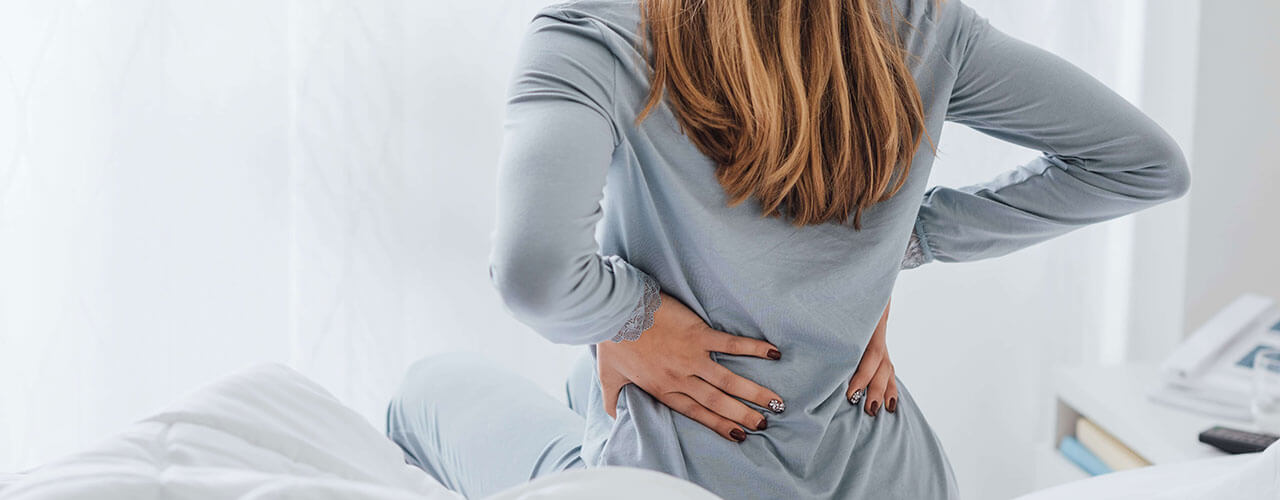This is a question that I am asked by my patients at least once a week, especially during the winter months. Stiffness is experienced by nearly all ages and across a wide range of activity levels. I actually remember the exact day that I first experienced unexpected stiffness that made me realize my body wasn’t as pliable as it once had been.
I was living in the dorms at Central Michigan University in 2001. The first big snow fall came right around this time of year, just before finals week. My roommates and I organized a dorm-wide snowball fight by calling every room and telling them to meet in the quad at 7:00 pm to throw-down. We had an epic battle with hundreds of people participating, and while a winner was never declared, I feel that our side won the day.
The next day, however, we did not feel like the victors. Good heavens, the soreness! In high school I expected that type of soreness after football practice, but not a snowball fight. Our 20 year-old bodies were so stiff the next day that none of us went to our early morning classes. I remember thinking that my body wasn’t supposed to feel old until I actually was old. You know, like over 30.
The specific type of stiffness I experienced for the first time all those years ago was Delayed Onset Muscle Soreness (DOMS). This is characterized by pain and stiffness throughout the body that occurs about 12-48 hours after an intense or novel activity. Even though I was a regular in the weight room at CMU, my body wasn’t used to the speed at which I was hurling the snow, which is why I got sore even though I wasn’t “weak”.
You may have experienced DOMS after doing some work around the house. Did you spend 2 hours cleaning out your car and have trouble standing up the next morning? That was likely DOMS of the low back extensor muscle group. Did you scrub every window in your home and have trouble raising your arm the next day? DOMS of the shoulder elevators was likely the culprit.
The other common type of stiffness that people complain about is that which occurs first thing in the morning. I typically hear something like ‘my knees and back are just so stiff when I get up. They get better after I shower and move around for an hour or so, but boy does it slow me down!’.
The most effective way I’ve found to address this type of stiffness is to deploy my favorite saying: Motion is Lotion. Gentle, pain-free movement performed before getting out of bed or immediately after doing so is the best way to fight off morning rigidity. As you move, blood and other joint fluids starts pumping through your body at a higher rate than when you were asleep, leading to improved motion and less muscle pain.
It can be amazing what just 2 minutes of pain-free movement can do to improve your early morning mobility. Give this a try and see if your back isn’t a little more limber during the first hour of your day:
- As soon as you wake, bend your knees up to about 90 degrees, keeping your feel flat on the mattress.
- Keeping your feet and knees together, rotate them gently from side to side for about 30 seconds at a steady rate.
- Then try grabbing one knee at a time and slowly pull it towards your chest. Hold this for about 30 seconds then repeat on the other side.
- Now, get up and get on with your day!








